|
It’s time to save the galaxy once again, as our favourite ginger Jedi, Cal Kestis, and trusty droid companion, BD-1, return, after five years since beginning their fight against the Empire in Star Wars: Jedi Fallen Order, to face their greatest challenge yet. While the landscape is even more sprawling than before, fortunately, there are mounts to help you navigate around and discover different secrets, as well as more (perhaps a few too many) shortcuts to connect the world together, as well as being able to use the meditation save areas as fast travel points. The gameplay itself is similar to its predecessor, though perhaps with even more of a reliance on climbing around than before - though thankfully you do retain the upgraded climbing speed from the latter part of Fallen Order from the get go. Cal continues to be both relatable and charming, but it's the adorable BD-1 who is still the true star of the show... If puzzles, and clambering about, aren’t your bag though, you might find the experience a bit choppy, as encounters generally feel more intermittent than before. Though when you do get into a battle, especially with some of the larger creatures and sub-bosses, you’ll be glad there are a handful of new lightsaber stances to use, two of which you can equip at a time, which help keep combat fresh and dynamic throughout. The Star Wars universe is built on its characters, and Cal continues to be both relatable and charming. While he doesn’t have the same, intense inner struggle we saw in the previous game, we can all relate to working hard and feeling as though we’re getting nowhere. But it's the adorable BD-1 who is still the true star of the show, of course, and you can even customise him in all sorts of ways this time around. Sad news elsewhere in customisation is that the amount of poncho available for Cal himself are limited, though customisation overall has had a complete tune up. Since it is third-person, you do get a chance to see Cal’s threads in all their glory, and the character animation is fluid – especially when swapping between different saber stances. Skill upgrades return, with a few different trees to explore, and one for every stance, so you can really double-down on being the biggest badass possible with the claymore-style, crossguard lightsaber. On top of that are perks, which take up a different amount of slots depending on their power, and act as passive buffs for Cal, allowing for even more customisation to your specific playstyle. The background characters are good fun as well. Our personal favourite was an aggressively Scottish able seaman called Skoova Stev, who you’ll find in various parts of the overworld searching for rare fish species, which you can then see in the aquarium back at home base. The actual act of finding the fish is fairly mundane, as you’ll usually just stumble across him, but on each encounter he’ll reveal a little more of a long, rambling story, as well as just generally having a bit of fun with you. These sort of characters are totally ridiculous and yet 100% Star Wars. The feel of this series, both the first game and Survivor, has always been very true to the franchise and it’s definitely one of its strengths. Joining Cal feels more meaningful because of how naturally he fits into this galaxy, and you feel like you’re making a difference, as the scale of the story is kept under control and not tied too closely to any big moments. Whether the destination outshines the journey doesn’t really matter here, as the adventure you’re on is exciting and compelling, delivering exactly what’s promised in the most authentic feeling of being a Jedi for anyone outside the theme parks’ Galaxy’s Edge experiences.
Hopefully we haven’t seen the last of Cal and BD-1, and this is a chapter well worth Force jumping into. Pros
Cons
8/10 Saints Row review | PS522/8/2022 Since the original Saints Row came out back in 2006, it’s no surprise expectations have changed, but can this now teenaged franchise call us back to the streets with a fresh paint job? Once The Saints find their HQ, and pick their name, the map really fills out to almost overwhelming levels. Beforehand, there's already a few activities scattered about the map like dumpster diving, photographing signs and, inexplicably, being a "wingsuit saboteur". Yes, you can wingsuit about the city. After that, you can start to build business ventures, beginning at the frankly bafflingly cheap price of $30,000, which then generates income constantly, though in small amounts at first. Each venture adds its own activity, like collecting trucks full of toxic waste barrels or making food deliveries. Fortunately, there’s a handy “GPS to next venture objective” option, which is a godsend for actually being able to find these across the vast map’s nine districts. Your enemies in the game are either one of the rival gangs, The Idols and Los Panteros, the aforementioned Marshall or the cops. The police are the most overzealous, which is not a new experience to anyone who’s spent time playing Grand Theft Auto V, but here the ease at which you can set them off seems borderline unfair. At one point, to complete a venture mission, I had to steal a particular type of car and take it to a garage. After fending off the cops, who seemed to instantly spawn all around you, I got back in the car to finish delivery and…the process started all over again. if you aren’t put off by the character’s brash attitude and enjoy messing around in a sprawling city then there’s definitely something here you’ll enjoy... In fact it makes the experience feel rigid, with the game telling you to be chaotic and then warning you not to leave an area or you’ll immediately fail. Plus, there seems to be no way to self-right a car that’s flipped over, so if you have a bad crash – you’ve had it. All this leads to a contradiction in tone, where you take on large groups of colourful enemies, but leaves you with relatively limited weapons and abilities to take them on. Your skills, unlocked by completing challenges, seem unreliable, causing you to occasionally jump or roll around instead of using them in combat. For a time, we found ourselves with only a machine gun in our inventory, as the few other weapons we’d unlocked remained stashed in a gun case at HQ, forgotten. You can also collect, customise and upgrade vehicles, but you’ll need to fetch them from a specific garage rather than just getting it brought to you. The soundtrack is strangely sparse, far from the high bar set by older GTAs for licensed music, with arguably no well-known tracks and relatively few overall. Though you can make a mix and match personal playlist from all stations through the app on your phone. Phone apps let you tap into all aspects of the criminal underworld, except certain things you need to go back to HQ for. One particularly nice detail is the ability to adjust your style and even your character’s appearance on-the-fly, without paying an arbitrary in-game fee. Game performance is worth mentioning, with generally just a bit more pop-in than we’d like, but there were a few times where we got stuck not being able to press a button. There was even one horrible moment when we were in combat and could suddenly only melee, as all other offensive controls just stopped working. There was also one hard crash, but that’s not unheard of ahead of the day one patch. So it’s a really mixed bag for Saints Row. The bottom line is that if you aren’t put off by the character’s brash attitude and enjoy messing around in a sprawling city then there’s definitely something here you’ll enjoy, but as soon as you dig deeper there’s not a huge amount of substance, especially by comparison. The driving is actually pretty good, but nowhere close to Forza Horizon 5, which the setting in particular invites comparison to. The variety of the missions isn’t as wide as GTAV, an almost 10-year-old game, and arguably it doesn’t look as good either. There is coop but it’s limited to two players. Finally, in terms of gunplay, you might think of third-person action like The Division 2 or the similarly chaotic Sunset Overdrive, but the action is just not as tight. Weapons feel too light and bullet spread is high, you never have enough ammo and it takes a long time to get access to more weapons, and when you do, they are such wacky armaments as…an RPG. It’s frustrating, because we went into this wanting to hear this story we’d heard of, but never got into, and, unfortunately, the game doesn’t do itself justice in terms of telling it. If you only played the first couple of hours you might not even get to the point where you start building an empire, and given people’s limited attention spans, that could be a serious problem. Pros
Cons
6/10 Far Cry 6 review | PS519/10/2021 The Far Cry series is now over 15 years old, giving Far Cry 6 a lot of different expectations to live up to. With any established franchise like this, it can be a challenge to surprise players without making the established formula too different - losing what made people fall in love with it in the first place. Initially mainlining the story is a good idea to get properly equipped, though it also allows for teaming up with a friend. There’s no narrative explanation for the delay, which might rub anyone looking to jump straight into co-op the wrong way. Choosing to carry on solo isn’t a solitary experience, however, thanks to a selection of animal sidekicks. Amigos range from a crocodile to a sausage dog and each have different abilities, adding alternate tactical elements to encounters. There’s a reasonable selection of weapons for Dani to equip, plus a bunch of customisation options in the form of useful attachments and cosmetic alterations. Far from the gunsmithing of Ghost Recon you only get the basics here, but some credit is due for not falling into the trap of needlessly overcomplicating things. There’s a carry limit of three primary weapons at a time, though that might include a beefy flamethrower which you somehow manage to stash about your person. While there isn’t a huge amount about Far Cry 6 which really breaks its own mould, the gameplay is dependable. FC6’s signature weapon, and something of an ultimate attack, is the Supremo - a rocket launcher backpack which fires a salvo of missiles into the (fairly unpredictable) distance to act as crowd control. This can be upgraded as well, but is more a fire-and-forget ability for the beginning or end of encounters. While there isn’t a huge amount about Far Cry 6 which really breaks its own mould, the gameplay is dependable and there are enough hidden shortcuts, unique weapons and against-the-odds encounters to make exploration feel worthwhile. At the same time, buying into the world can be difficult when (for example) there’s no penalty for attacking Libertad allies in full view of their leader. This is a minor symptom, but one of several actions that lack consequences that could add weight to players’ actions; it’s key to creating a believable experience, helping people to forget that they’re playing a game. Perhaps the DLC content, which puts you in the shoes of some of the series’ prior antagonists, might prove more engrossing.
Anyone that fancies an island getaway could do a lot worse than taking a trip to Yara. Far Cry 6 is an entertaining means to blow things up and mindlessly shoot people, though probably won’t prove to be memorable in a few years’ (or possibly even months’) time. Pros
Cons
7/10 Alan Wake Remastered review | PS513/10/2021 There are few gaming protagonists with a more intriguing first outing than Alan Wake. Remedy Entertainment are now well-known for their love of narrative and willingness to experiment with sequencing and structure, thanks to more recent games like Quantum Break and Control. Back in the mid-2000s, however, they only had the first two May Payne titles and Death Race under their belt, a lot of ideas and an eagerness to do something original. Remedy knows how to reward players who pay close attention, and the live-action Night Springs TV show, which heavily borrows from the format and style of The Twilight Zone, also hints at upcoming plot elements. In fact, the presentation overall carries an episodic format; there are quick credits sequences and “previously on” recaps as you progress. Looking back, it’s clear to see how the multimedia stylings of Quantum Break came about. Disappointingly, though, the prequel live-action miniseries Bright Falls isn’t included in this remaster. Darkness is an ever-present companion in the narrative, with various story beats necessitating that Wake be out in the woods, alone, at night. It gives the game an isolated feeling similar to early examples of survival horror (compounded by slightly awkward character controls). Whether or not the game is for you depends on how exciting untangling a supernatural mystery sounds. Additional weapons and light sources gradually become available, which help to mix up the gameplay and more efficiently eliminate harder enemy types. While this is all well and good, the unfolding narrative intrigue is the real draw. Whether or not the game is for you depends on how exciting untangling a supernatural mystery sounds. The game puts its case forward early on, telling you what you’re letting yourself in for and sticking to its guns. In terms of the remaster itself, the visuals and particularly how it uses light – which is especially important here – are noticeably improved by Remastered developers D3T. The official comparison trailer makes it clear that the original was already punching above its weight, but now it looks sharper and plays smoother than ever thanks to 4K at 60 FPS performance on PS5, Xbox Series X and PC. The ominous atmosphere and presentation goes a long way to immediately bring you into the story. Narratively the game can be hammy and far-fetched at times, though it’s absolutely aware of what it is; it’s easy to recommend to any fan of Remedy that hasn’t played Alan Wake before.
For returning players, besides the inclusion of the hit-and-miss DLC you may not have played, there’s not anything new or particularly different to bring you back. Since the experience was designed to remain faithful to the original release, however, that’s not a huge surprise. It might even be a positive for purists looking to relive an old favourite in search of nostalgia. With the spooky season officially upon us, you could do far worse than picking up Alan Wake Remastered and discovering an action-adventure classic. Now’s the perfect time to book a trip to the surreal town of Bright Falls. Pros
Cons
9/10 Diablo 2: Resurrected review | PS55/10/2021 “Just keep putting skill points into Thorns” – this was the advice we received the last time we played Diablo 2, over 20 years ago, but we'd need more than that to fend off the demonic forces of hell. Those with a background in Dungeons & Dragons or anyone who knows their dexterity from their vitality will feel right at home, as the player is given five precious attribute points each level to spend however they like. It’s even possible to respec, though only once per playthrough without some extra legwork. Levelling also pays out skill points, which are more immediately tangible, granting additional active abilities which consume mana, or passive traits which become more and more significant with each point invested. Certain gear requires meeting specific class and attribute thresholds, which is something else to keep in mind. Looting is a big deal in general and you'll quickly find the limited inventory space filling up as a result, so item management is also a key part of getting the most out of the experience. Keeping gear up to date is vital to avoid getting caught out and brutally cut down in your stride; even a change to one or two equipment slots can grant huge bonuses against certain enemies. Since dying drops all money and equipment until it’s retrieved from your corpse, character loadouts are something to always stay on top of. It's clear time and care has been put into the remaster, but perhaps, in the end, Blizzard should have gone for a remake. Baddies come in all shapes and sizes, from elemental beasts to savage demons, and at times the screen can be filled with a horde of different targets. Targeting isn't as precise as it could be on a controller, unfortunately, which can lead to some annoying deaths. The most frustrating foes to watch out for, who come in various forms throughout the game but start appearing very early on, are the shamans, who have the power to revive their fallen allies. Of course, for those that choose to play the Necromancer class, it’s possible to beat them at their own game. Whatever the class, it’s always possible to hire a mercenary to help out in combat and draw some enemy fire, which can make a huge difference when it comes to crowd control. This helps to make the experience feel less lonely, but, of course, you can also team up with fellow adventurers in online co-op multiplayer.
In the end, Diablo 2: Resurrected can feel a little archaic and even out of touch with what draws many to modern action games. It's clear that time and care has been put into the remaster, but perhaps, in the end, Blizzard should have gone for a full remake – look at the recent successes of Final Fantasy VII and Demon's Souls as a couple of examples within the genre. With many fans eagerly awaiting Diablo 4, D2: Resurrected is a good opportunity to try the game that put the series on the map. The company's current lawsuit may cause some players to think twice, but as far as judging the game on its own merits, there's a lot to enjoy, and it's easy to see why the original gained such esteem two decades ago. Pros
Cons
7/10 It’s been almost a decade since we last set foot on the Normandy, Captain Shepard’s iconic spaceship, and it feels good to be back. While Mass Effect: Andromeda was a perfectly passable Mass Effect experience, arguably with some of the most refined action in the series, somehow it didn’t have that special something. We just didn’t warm to the protagonist in the same way we did with Shepard - in fact, we’d struggle even to remember their name... There are tons of weapons, though they all conform to the familiar shotgun, pistol, assault and sniper rifle archetypes. In the first game these work on a cooldown rather than needing to reload, which can make for more strategic combat encounters. Any excess weapons can be assigned to teammates, sold and/or broken down into omni-gel used to skip hacking mini games and repair Shepard’s land vehicle. In the second and third games, these more unique elements are nowhere to be found. Weapons need loading with thermal clips (presumably to speed up combat), for example. There’s so much to cover here that it feels like we can only scratch the surface in terms of what players might discover. Getting back to the first instalment, which has undoubtedly seen the most change, Mass Effect now has smoother combat mechanics in general. Improved cover mechanics, squad orders and a dedicated melee button are cribbed from its sequel to give players more control. That said, utilising biotic and tech powers (essentially magic and tech-based skills, respectively) can still feel quite clunky. Faster enemies are especially hard to take out, as they overwhelm the relatively immobile Commander Shepard easily. BioWare have taken the time to smooth out the visuals and performance, too. While there’s still the odd janky animation here and there, players will notice the lighting improvements in the first game in particular, which would often require squinting to make out characters’ faces when they had helmets on. The game runs from a fairly pedestrian, but reliable, 1080p at 30fps, all the way up to 4K UHD at an eye-watering 240fps on PC – provided the graphics card can handle it. What users get ultimately depends on whether they go for the “favour quality” or “favour framerate” graphics mode. For example, the Xbox Series X outputs up to 60fps at 4K UHD on the former setting and up to 120fps at 1440p on the latter. Characters and companions have always been the Mass Effect series’ crown jewel, however. While there are too many noteworthy examples to shout out individually (though we have discussed some of our favourites), it’s fair to say the depth of interaction varies quite significantly both between games and between squadmates and general NPCs. The first title doesn’t go into too much detail straight away, but, in time, players learn about how companions differ and their individual values. Relationships with some characters can develop into romantic entanglements, all depending on how users behave. Where this system - and the accompanying dialogue - can start to creak is when users do things the game doesn’t really expect. In ME1, for example, an Asari consort is having problems with a client. Since the mission structure is fairly open, especially in the bustling Citadel, players might follow this quest line through to completion before another NPC suggests they check on the (already solved) situation. These kinds of inconsistencies follow through to romantic connections as well. Characters that are romanceable in one game aren’t always in the next, and being reunited with them can feel jarring instead of a natural continuation as would likely be the case in a single, longer game. Dialogue options directly link to a meter which awards users points for paragon (noble) and renegade (ruthless) behaviour, too. There are benefits to hitting either end of the spectrum, which can lead to the system feeling like it encourages suboptimal decisions in certain situations. There’s so much to cover here that it feels like we can only scratch the surface in terms of what players might discover. For those who’ve done it all before, the nuanced characters might feel more primitive than you remember, and the gameplay transition between each game can take some getting used to. For those who are new, Mass Effect: Legendary Edition is a real treat. It’s filled with thoughtful touches and memorable moments that are up there with some of the most dramatic set pieces in gaming history. It might not feel quite as polished as a modern game, but BioWare and EA have done the work to smooth out some of the rougher gameplay and visual edges. It’s now easier and more enjoyable than ever to follow the journey of Commander Shepard from beginning to end, allowing players to fully appreciate the epic space opera in comfort.
Pros
Cons
8/10 There's nothing like clambering over a snow-capped mountain while exploring the hallowed lands of the Norse. Assassin's Creed Valhalla makes this experience, and many more, nothing short of breathtaking.
There's no compromise on scale, though as you travel around you'll notice the odd bit of texture pop-in. Performance is fairly solid on the whole, though we did get stuck in the environment once or twice while searching for goodies in the wilderness. The approach to uncovering those goodies is fairly unforgiving, with only a vague spot on the in-game map to shoot for. It's a difficult balance to strike, since players tend to roll their eyes at unnecessary hand-holding, but the odd understated voice line to suggest you’re getting colder or warmer would be beneficial in some of the more complex areas. Valhalla can suffer from a lack of direction at times, but its Nordic influence seeps into every pore, leaving plenty to get excited about. Environments are very much divided into things you can interact with and things you can't. You can pick up health from odd pots of food that the locals seem to have absent-mindedly left simmering, but a pile of fresh apples and other fruit in a barn aren't deemed edible, for example. Elsewhere there are more inconsistencies, with Eivor being able to climb mountains endlessly - no stamina needed, à la Breath of the Wild - yet a few consecutive dodges during combat will quickly tire the protagonist. Fortunately, combat as a whole is reassuringly savage and satisfying. Lower level enemies are entertaining fodder, but more advanced foes require you to keep your wits about you.
Assassin’s Creed Valhalla can suffer from a lack of direction at times, but its Nordic influence seeps into every pore, leaving plenty to get excited about. Strong characters, choice of approach and presentation make it a great choice for those breaking in a new next-gen console or sticking with an older platform. Pros
Cons
9/10 Watch Dogs: Legion | Xbox One X Review6/11/2020 While we're not quite living in the dystopian future that Watch Dogs: Legion predicts, Ubisoft Toronto couldn't possibly have imagined the world it was releasing its latest game into. Firearms are sparse, as you'd expect in England, which favours the tech-orientated culture this series is known for. Drones of all shapes and sizes are everywhere and vehicles, as in previous titles, can be diverted with a quick hack. Environments are so interactive, in fact, that it's often difficult to focus on the small keypad in front of you as opposed to items in the surrounding area. An option which helps to set Legion apart from the swathe of similar Ubisoft games is permadeath; if operatives die with this setting enabled, they're gone for good. Problem is, recruitable characters lack personality, so rather than hitting on a personal level it’s just annoying to lose whichever special skills or items they had access to. Connections between characters raise questions like "Why is that construction worker being targeted by a hitman?" One nice feature, which admittedly has the potential to get out of hand, is a HUD element that displays connections between existing recruits and recruitable characters. It raises questions like "Why is that construction worker being targeted by a hitman?" and encourages you to start to build out a wider team, members of which are connected by emergent stories. When you get into recruitment itself, however, the variety of missions is fairly limited. Characters in general have a few shortcomings. Animation transitions are abrupt and occasionally wonky, while speech seems very skewed towards British stereotypes. That isn't necessarily a surprise, but, since you're hearing the same voice line or two whenever you get into a conversation, it gets old quickly. While cosmetic customisation is possible via numerous shops, some of the initial character designs clash with their intended roles. It isn’t a major issue, but it is another thing that highlights the shortcomings of procedural generation in Watch Dogs: Legion. It’s much harder to care about these characters than it would be a lovingly hand-crafted cast.
Watch Dogs: Legion’s core gameplay is good fun for the most part, but its procedural cast of soulless characters don’t lend themselves to helping players be absorbed by alternate London. Still, the sights and sounds of Blighty’s capital are exciting to explore - especially in lieu of being able to amble around the city in person at present! Pros
Cons
7/10 In Death: Unchained brings the VR Rogue-lite to Oculus Quest for an untethered, wireless experience after its debut on PSVR and PC. Clever subtitle aside, the procedurally generated shooter has been expanded with all-new content to ramp-up the difficulty and keep players busy for longer. Packed with religious iconography, is this trip to the afterlife destined for heaven or hell? Since unlocks aren’t a complete crutch, developing your physical skill is key. Aiming takes genuine finesse without crosshairs or any form of aim assist, and getting a feel for the gradual drop of an arrow or bolt also takes some time. At first you’ll be whiffing shots at close range, before eventually hitting headshots over long distances like it’s nothing. Solid motion tracking on the Oculus Touch controllers makes things painless, which is handy, as combat requires juggling way more than just archery. There’s a defensive shield (which can also be turned to offence with a close-range shield bash), though it often pays to physically dodge incoming projectiles and melee strikes so as to not obscure your vision. The Quest’s lack of wires can really help out here. It’s possible to briefly trigger slow motion by bringing up the real-time arrow switching menu, which helps if you’re in a small play area and need to be careful with regards to how you move. If space is at a real premium, you can even opt to play stationary and seated. Firing teleportation arrows is probably the best movement option to match, though there is also a free locomotion setting available at launch. Regardless of your preferred settings, a short-range teleportation shard also occupies your arsenal for clutch dodges and quickly popping around corners or through doorways. You can best use it to your advantage in attracting enemies’ attention and then retreating slightly to draw them into choke points. The AI is pretty exploitable if you pull enemies gradually, though things get hairy when you mess up and they bombard you all at once. Special arrows can save your afterlife in these situations, doing things like freezing enemies in place and sticking them with explosives, channelling the iconic Gears of War Torque Bow. They’re an absolute must during boss encounters as well; bosses annoyingly spawn in waves of minions, so your best bet is to end the fight before it has a chance to really begin using your heaviest artillery. Emerging victorious will grant you access to the next level, though being able to start a run from that level (i.e. opting to begin from two at the menu instead of clearing one to get back there) requires hitting an arbitrary overall completion percentage first. Gating is probably intended for players’ own good, but when we’d nearly finished the final level and died it was annoying to learn that we’d need to backtrack and earn 7% more in order to spawn there for an immediate second crack of the whip. Still, returning to the previous level, Paradise Lost, wasn’t all bad. Cathedral architecture is elaborately laid out amongst the clouds and we found that being mobile and aggressive worked best on the armies of flying cherubs and grounded witches. It can be easy to get lost in the lavish labyrinth and cherubs in particular have a nasty habit of appearing right behind you for cheap hits, but it's still a lot of fun to play the role of ordained executioner. In Death: Unchained features an engaging sense of progression that helps to take the edge off permadeath. A major strength of virtual reality gaming is the use of 3D audio, but the implementation here is underwhelming. Enemy sound effects never really cut through the bog standard atmospheric background score, which makes it hard to instinctively pinpoint their locations and can lead to missing enemies standing right by you.
In Death: Unchained is immensely replayable and, impressively, a grander prospect than its higher powered PC and PlayStation 4 counterparts. It’s challenging and moreish, while also being a great fit for the Oculus Quest platform specifically. Permadeath and towering reliquaries – shrines that serve as in-game shops and save points – make the game easy to play in short bursts, lending itself well to the headset’s portable nature and limited battery life. Pros
Cons
7/10 Created by Shantae and the Pirate’s Curse developer WayForward, Vitamin Connection is a new and exclusive IP for the Nintendo Switch. It tasks players with saving the fictional Sable family (and by extension, the world) from an all-consuming pathogenic outbreak. Far from a sombre reflection of the present-day Coronavirus situation, Vitamin Connection and its cheery, colourful gameplay could very well prove to be the antidote for those seeking shelter. Vitamin Connection definitely feels like it’s best experienced in co-op, and while it’s possible to see and experience all that the game has to offer solo, it’s certainly more enjoyable with a partner along for the ride. It’s a shame, then, that progression between solo and cooperative campaigns isn’t shared and there’s no drop in/drop out support for spontaneous sessions. Rather than simply throwing in another Capsule Ship for a second person, Vitamin Connection’s asymmetrical co-op mode sees players splitting the duties of a single craft. With the left Joy-Con, one player controls ship movement and activation of the Vitamin Beam, while the other, using the right, deals with rotation and aiming. The added layer of teamwork helps lift the relatively straightforward gameplay and adds a whole new level of humour to proceedings as players endeavour to coordinate attacks and evasions. Sub-games also benefit from the addition of a second player, with WayForward making good use of some of the Joy-Cons’ lesser utilised features, such as motion controls, and even the IR sensor for reflex-based challenges. 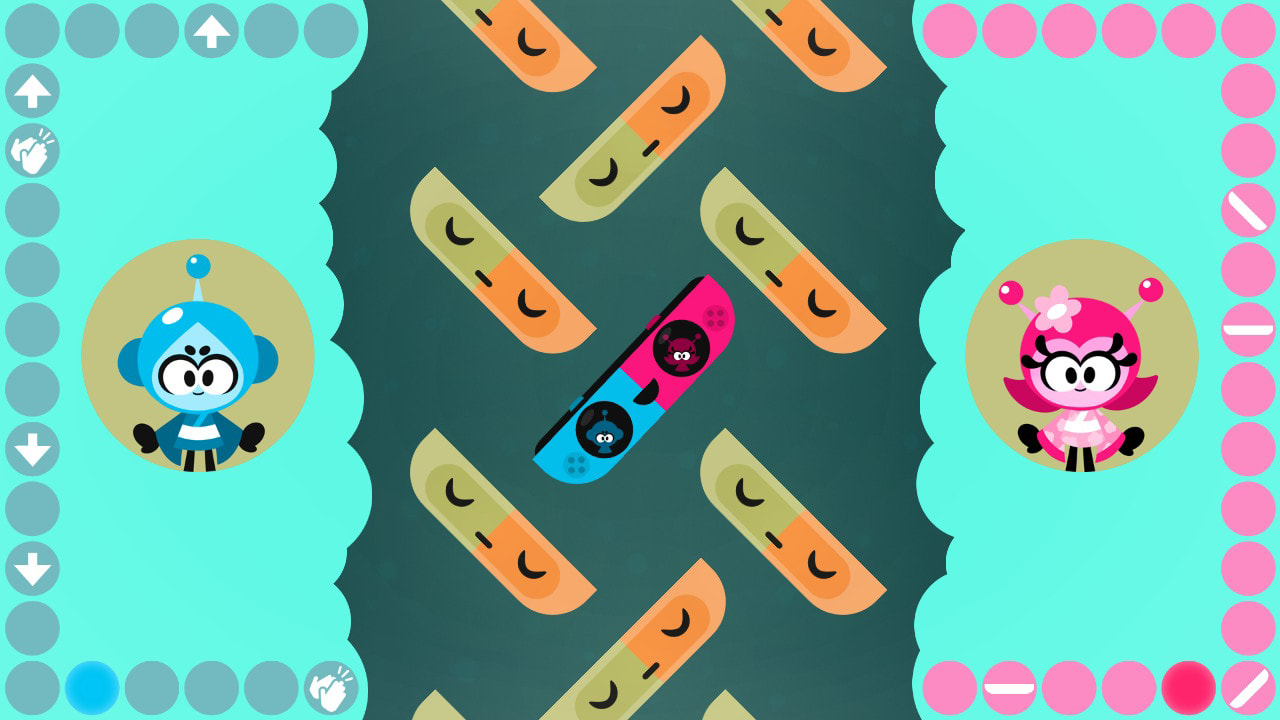 Dance Festival has players pulling off moves in time to a musical beat, and is great fun with a partner in tow. It’s innovative touches like these, along with a ridiculously catchy J-Pop soundtrack and a bright, cartoony aesthetic, that help Vitamin Connection, at times, feel like it could have come directly from Nintendo themselves. Unfortunately, however, the game also has more than a few frustrating quirks that spoil the fun and stop it from being something really special. Levels often feel samey, despite belonging to different hosts, and sub-games are repeated throughout the campaign with only slight variations to colour and design serving to set them apart. It’s also far too easy for your ship to get stuck in narrower sections of levels and end up being left behind, doomed to a slow death, as the screen, cut scenes and action all continue to move on without you.  Levels are littered with these ribbons, which are incredibly satisfying to break with the corresponding colour. Away from the actual gameplay, a number of technical issues also dog Vitamin Connection. Controls can become unresponsive after switching from handheld to TV mode, or vice-versa, and the Joy-Cons too easily lose calibration during co-op sessions. The latter is particularly frustrating during the Dance Festival sub-games where precision is key; since you’re unable to recalibrate until the challenge is over, the only choice is to either continue using wonky inputs or reboot the game and start over. Medicine Ball and Wire Coaster were two of the standout sub-games. Still, when everything’s going well, Vitamin Connection is a fun party game that’s both challenging enough to keep regular gamers hooked and intuitive enough for casuals to keep pace. With around 5 – 10 hours of content as standard and the challenging post-game Pro Campaign to boot, there’s plenty on offer for the £15 price tag.
While it might not be an entirely sweet remedy, Vitamin Connection is certainly no bitter pill to swallow. Pros
Cons
7/10 |
READ MORECategories
All
Archives
December 2023
|
Pass the Controller |
|
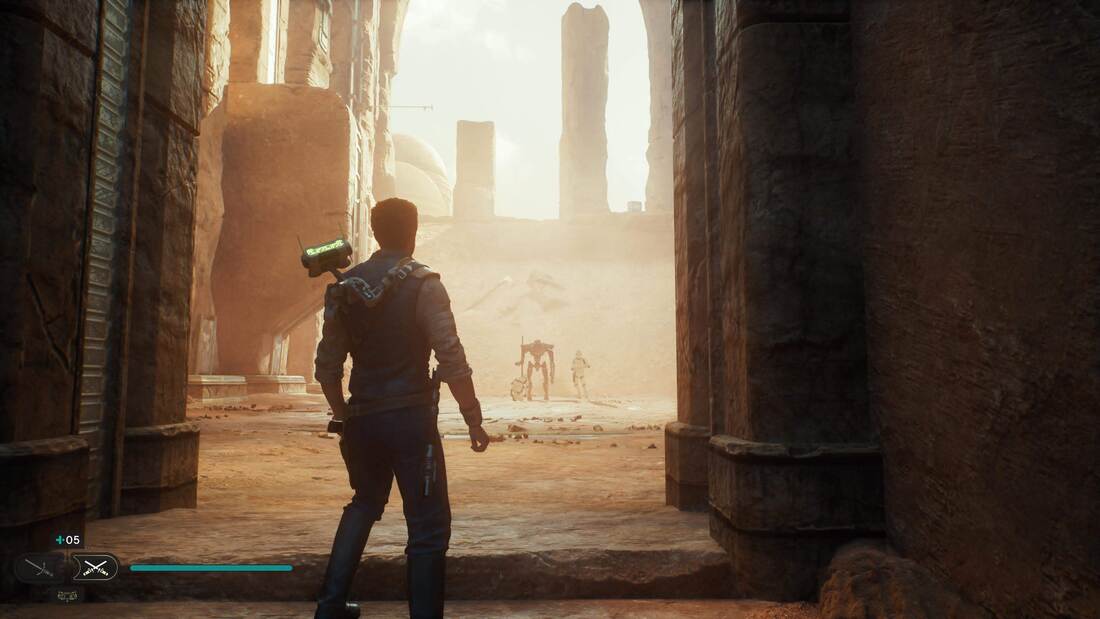


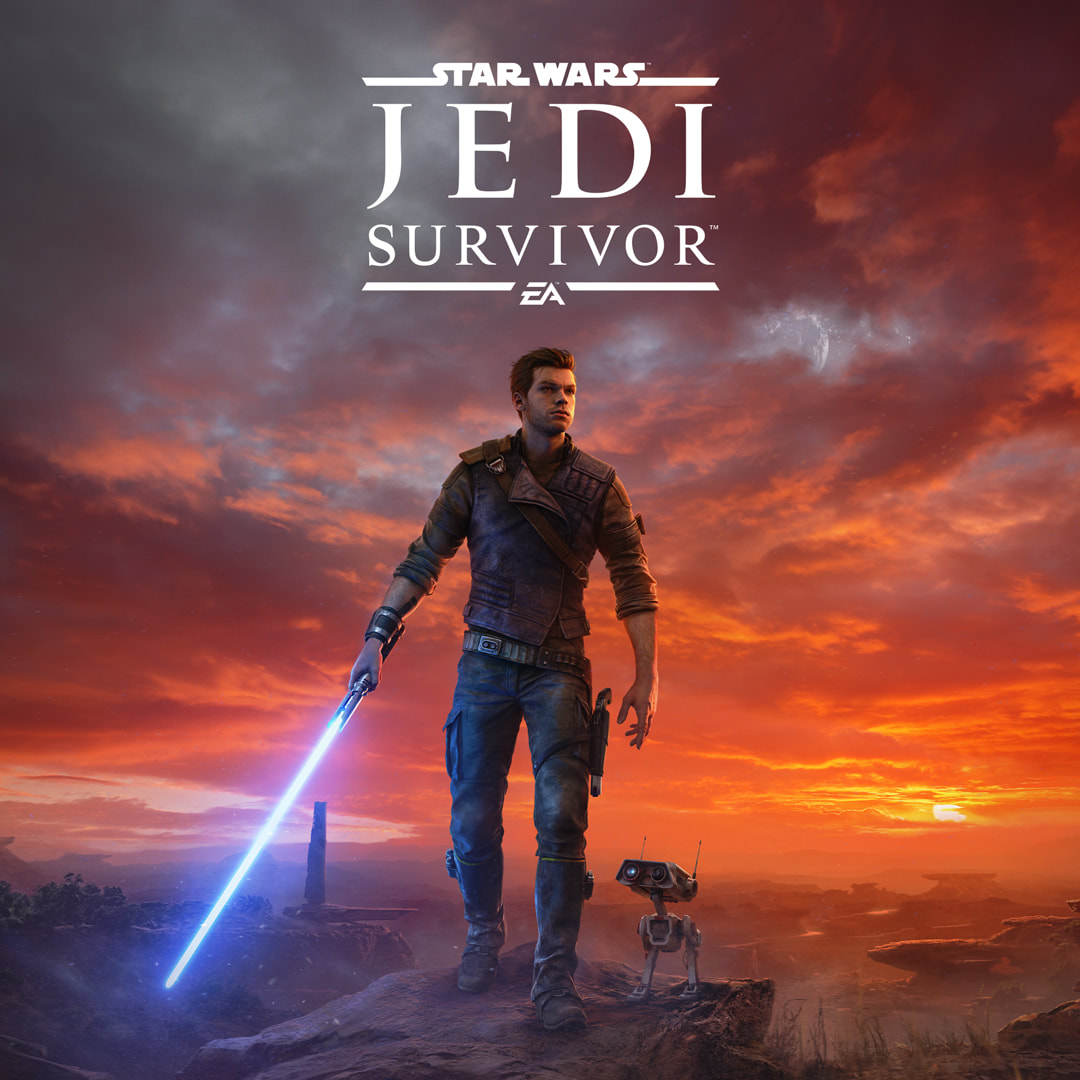
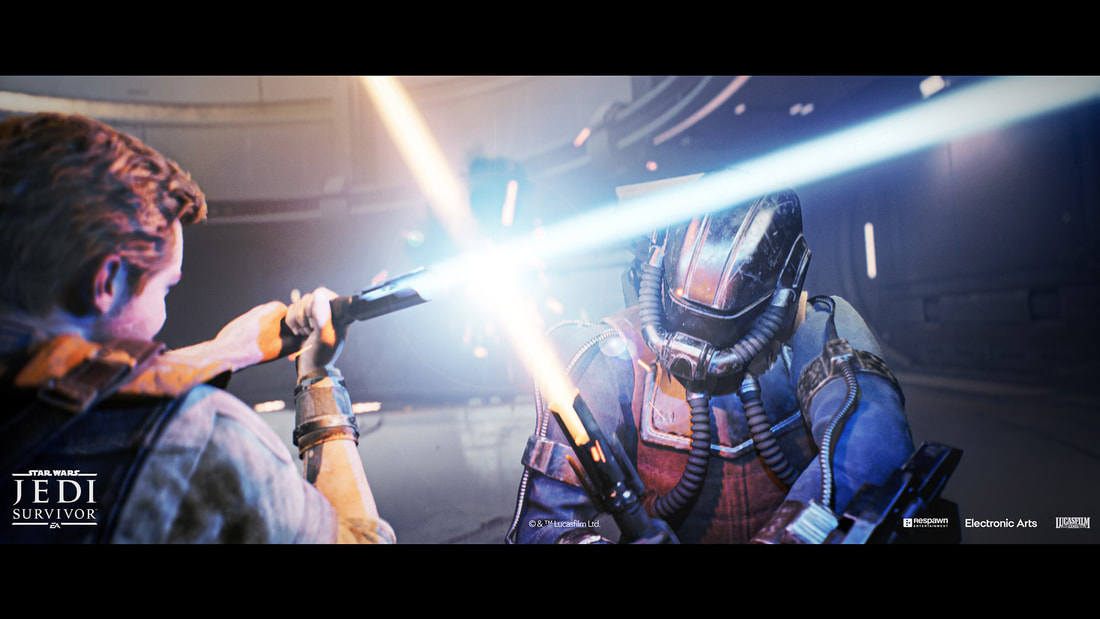
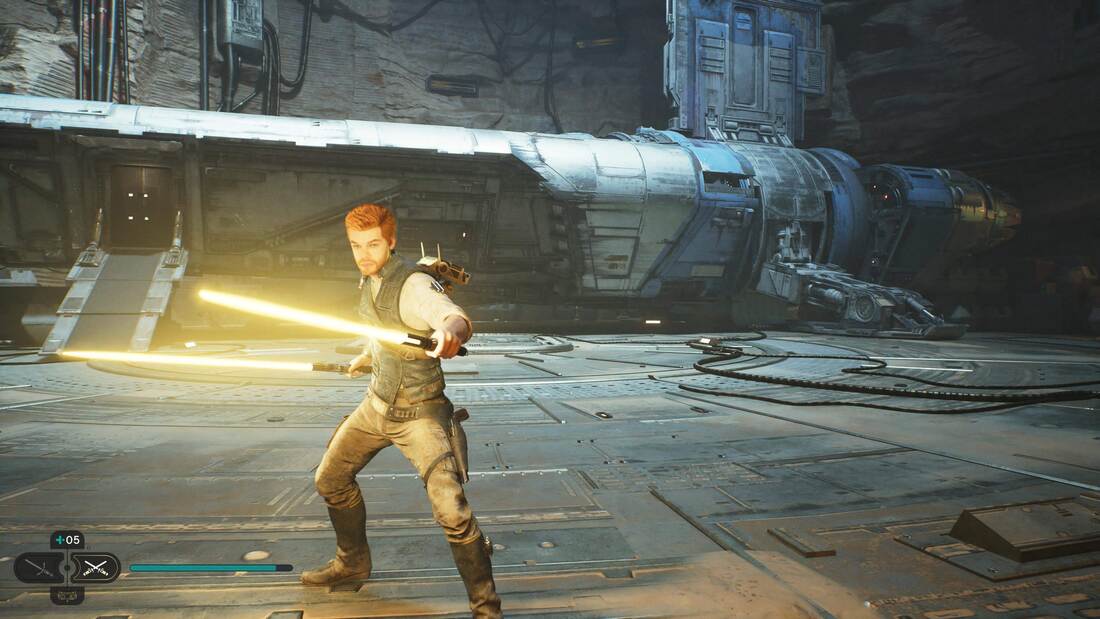
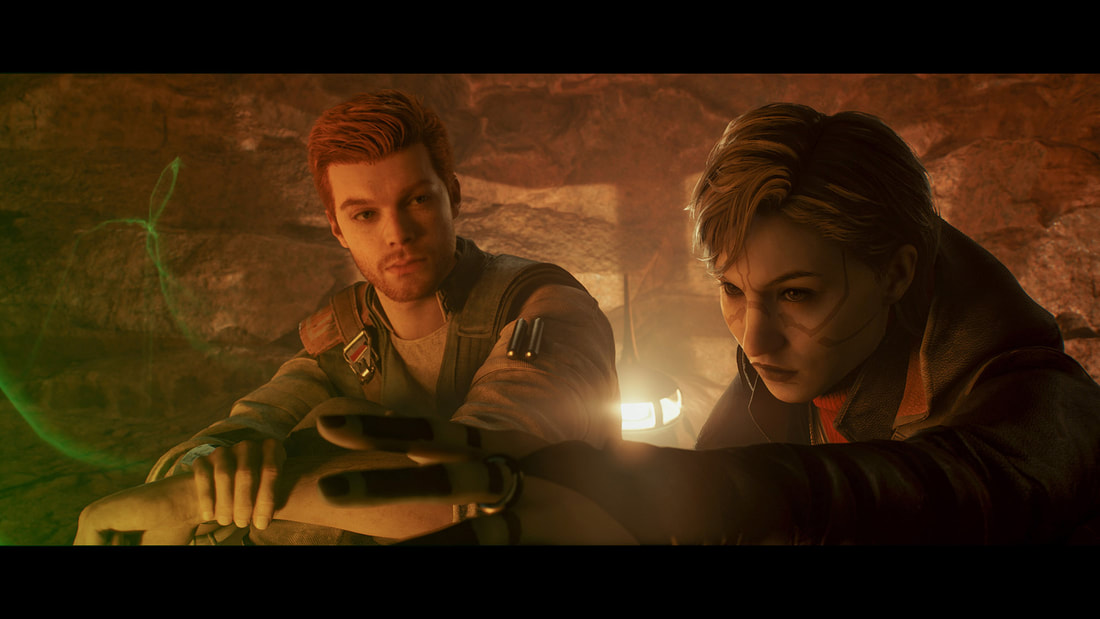
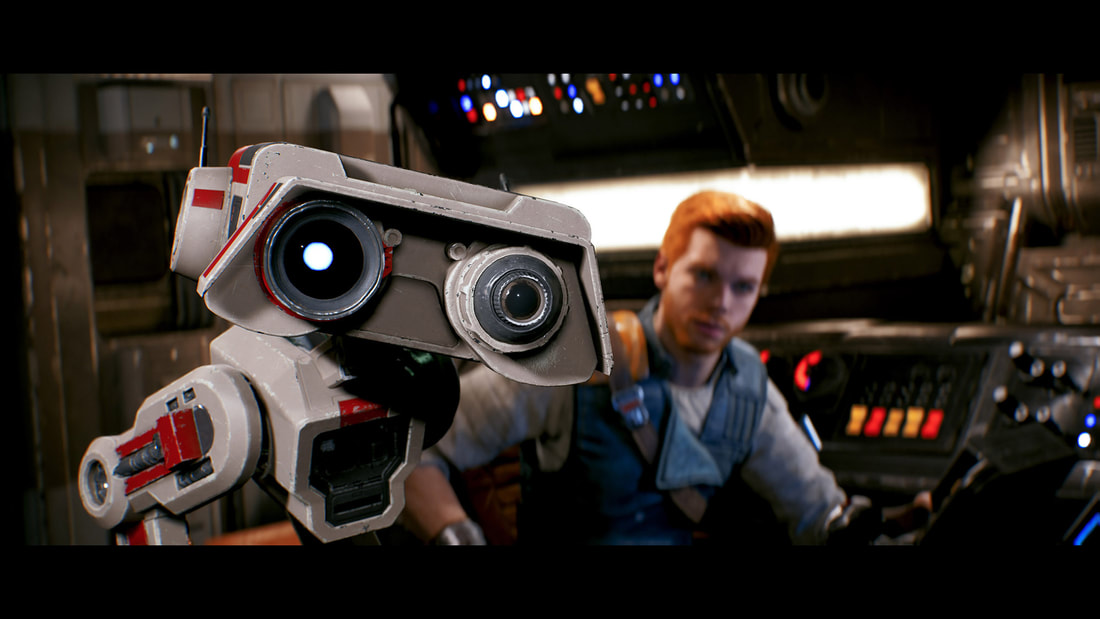
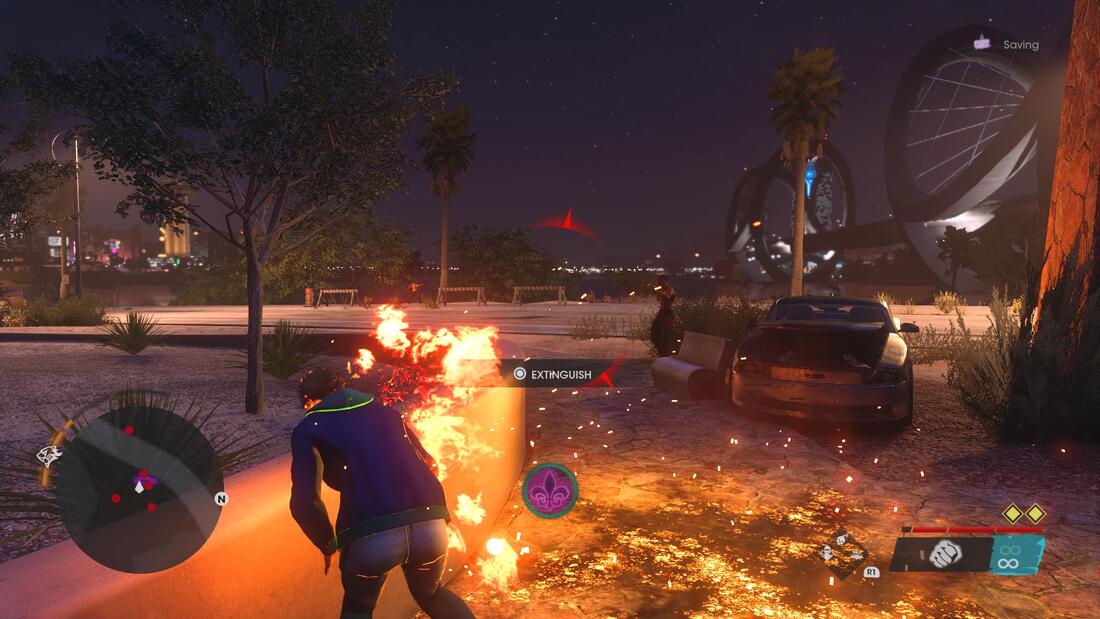



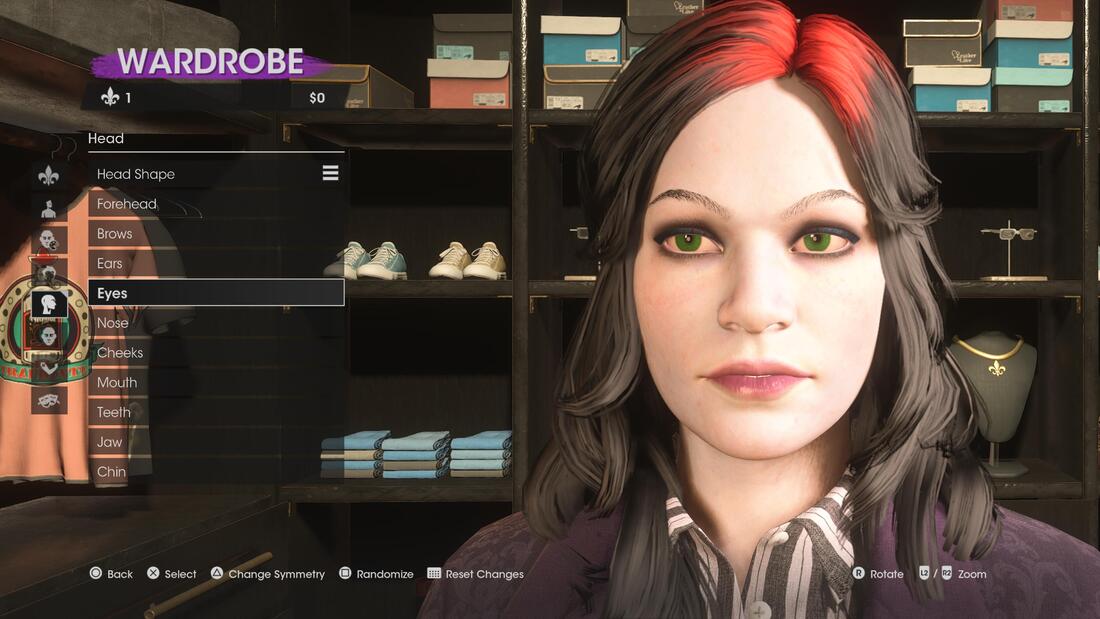
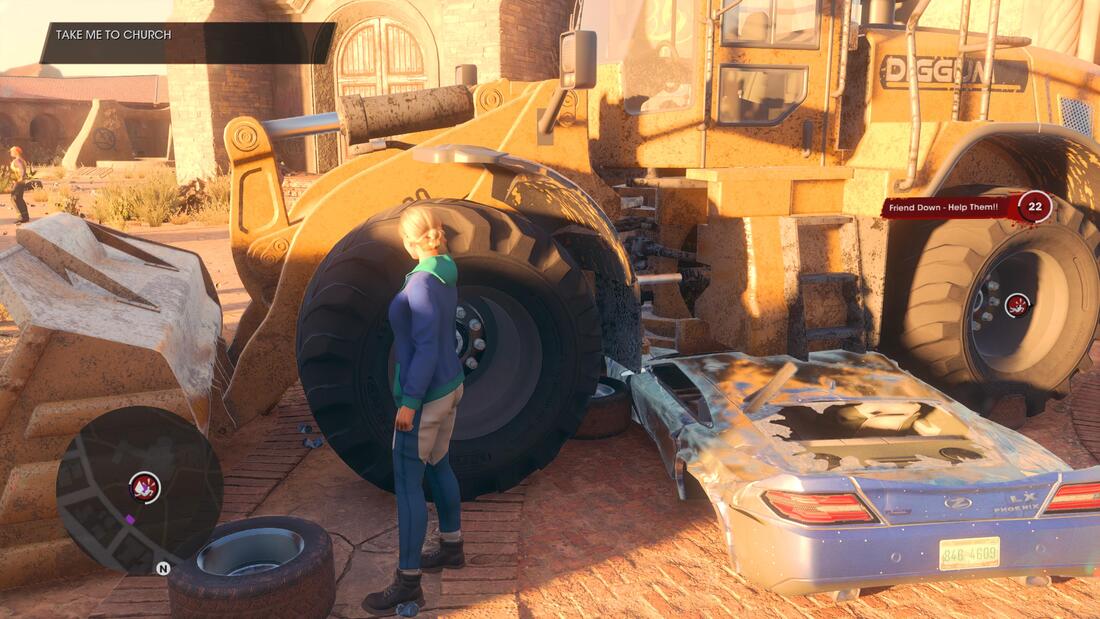
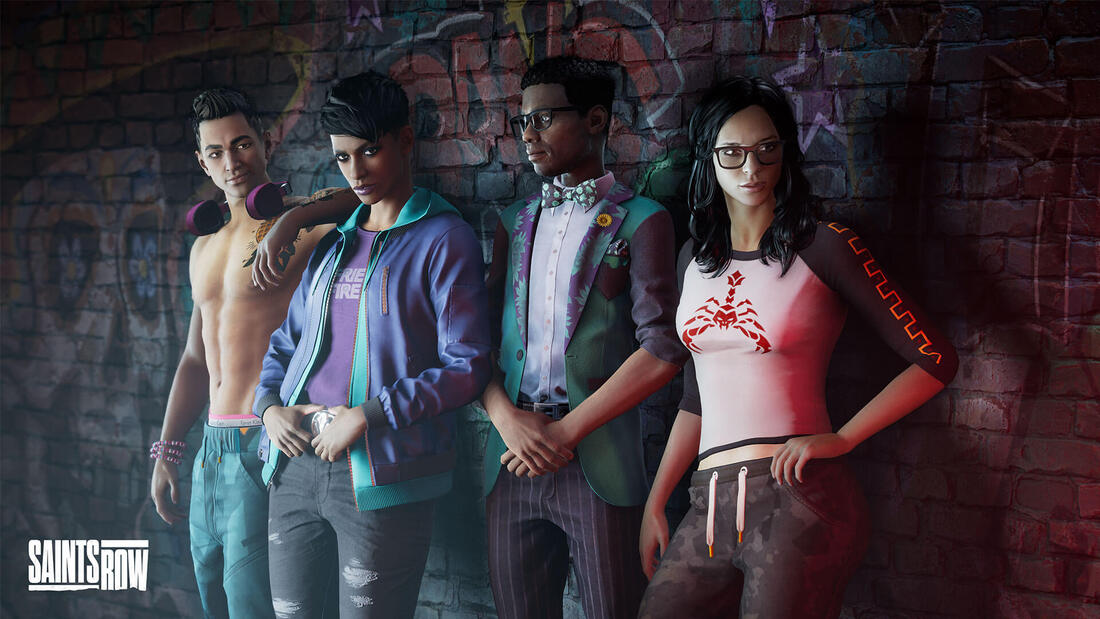
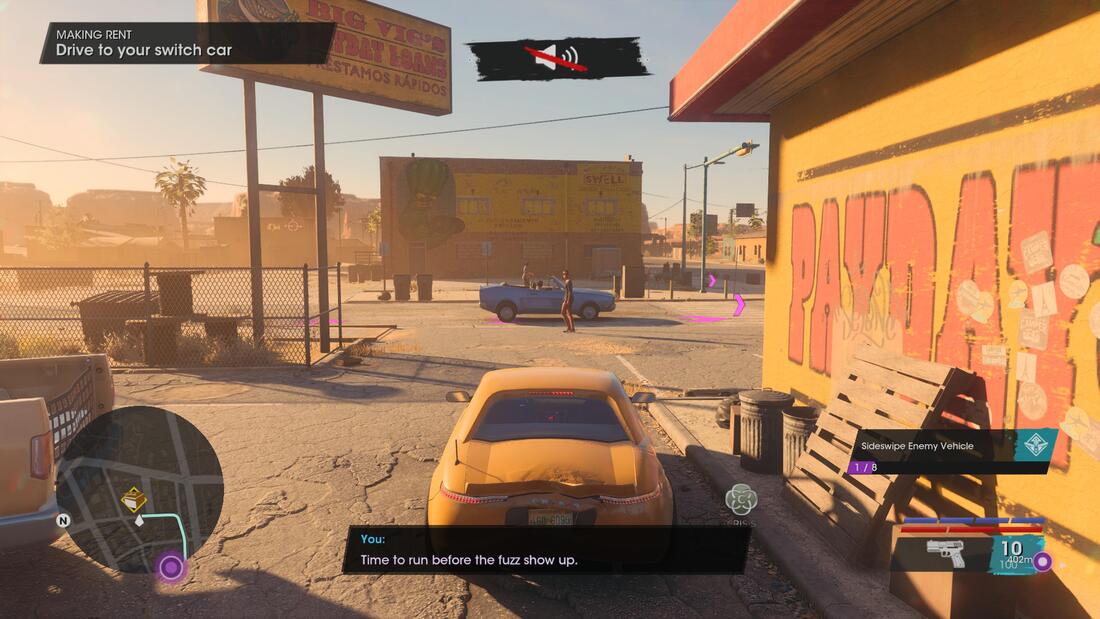
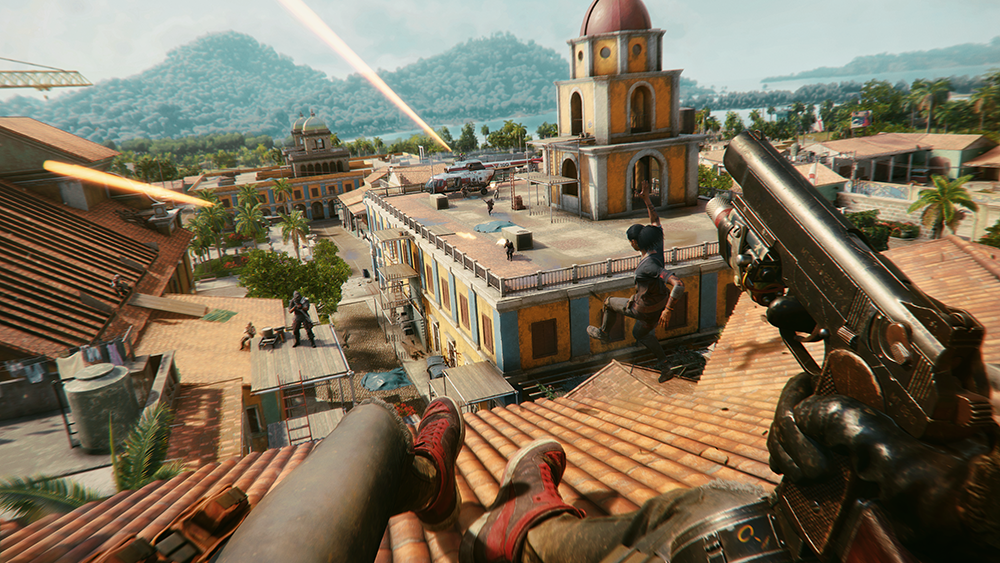


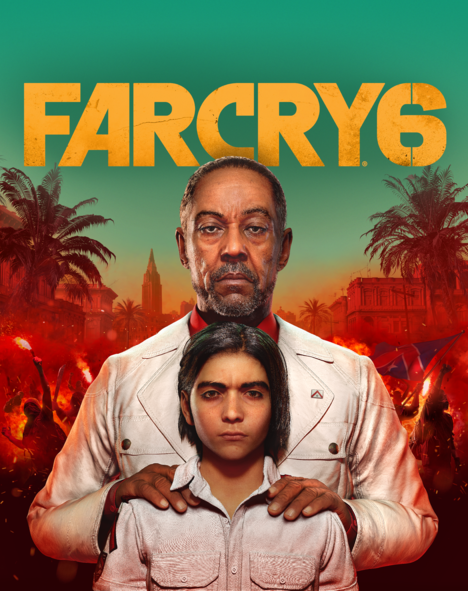

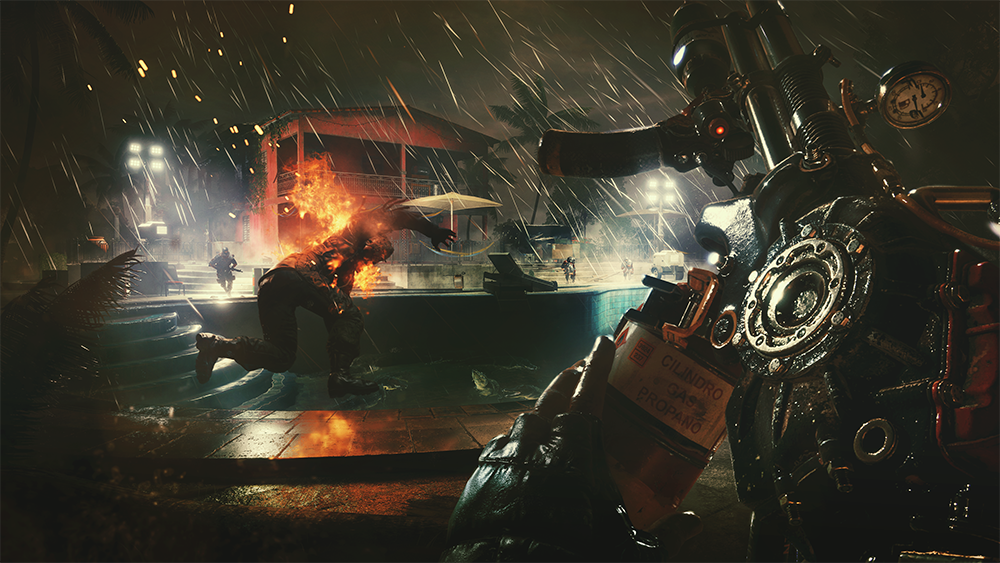
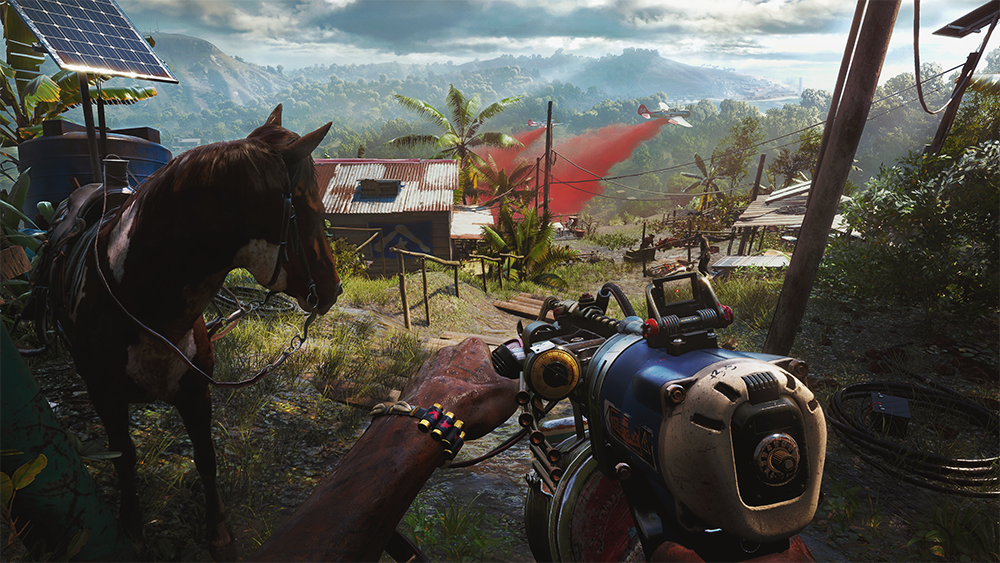
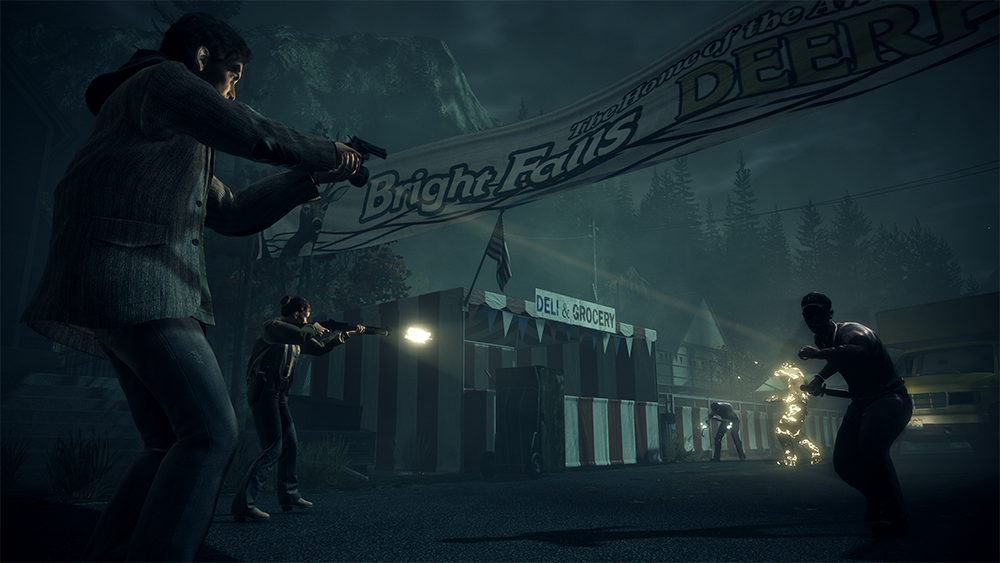




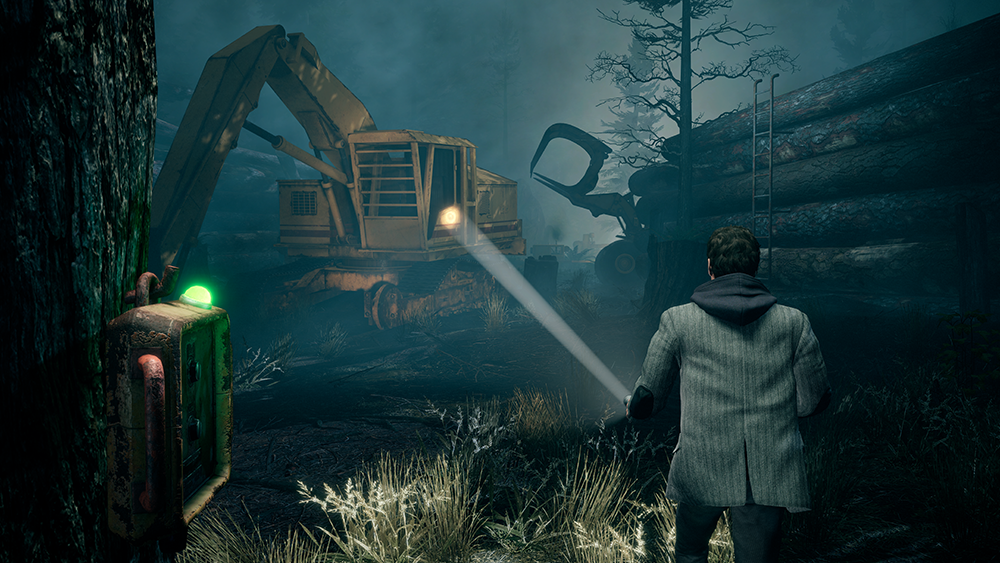
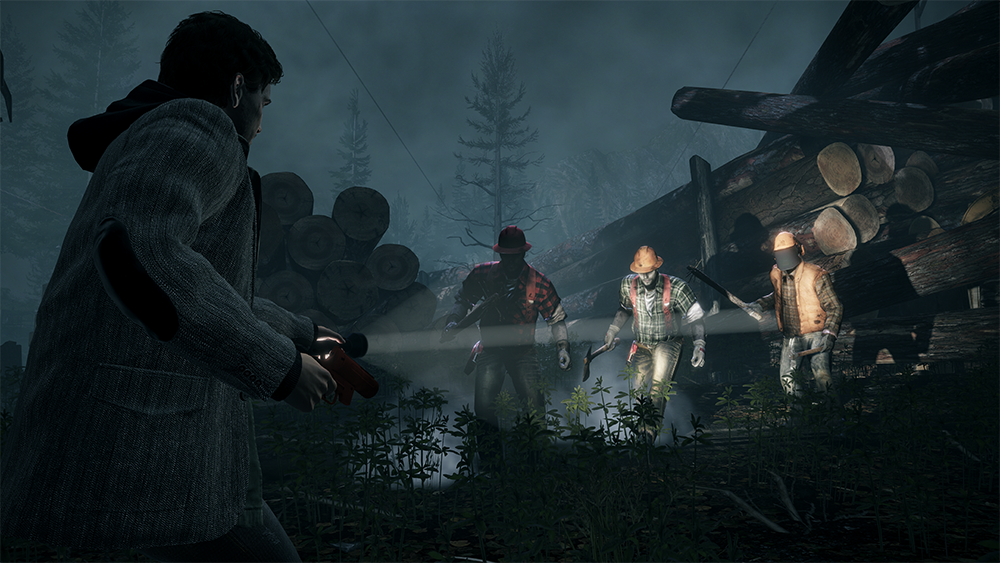



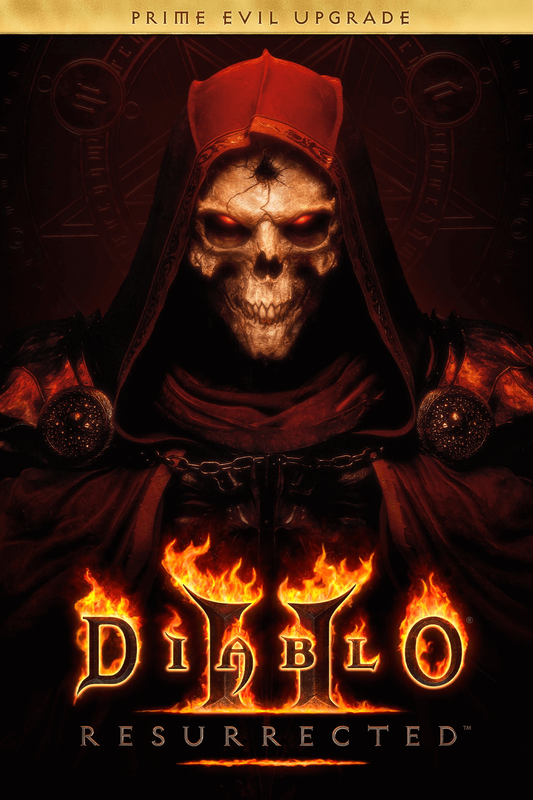
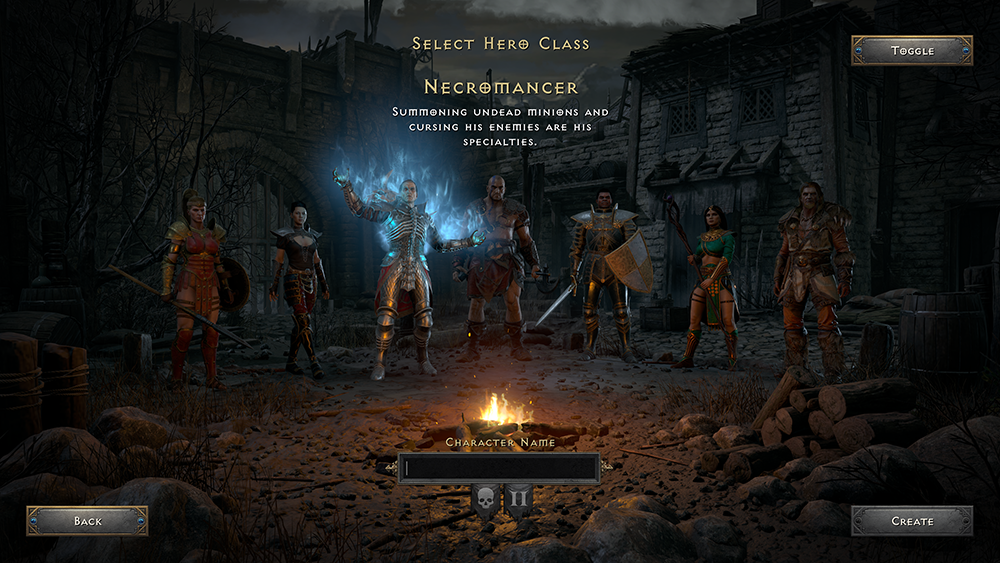
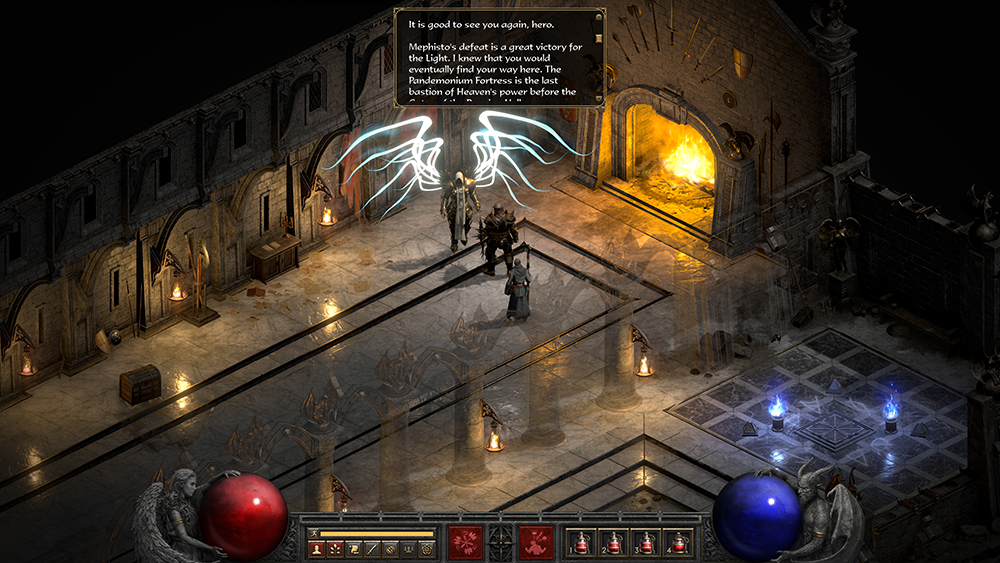
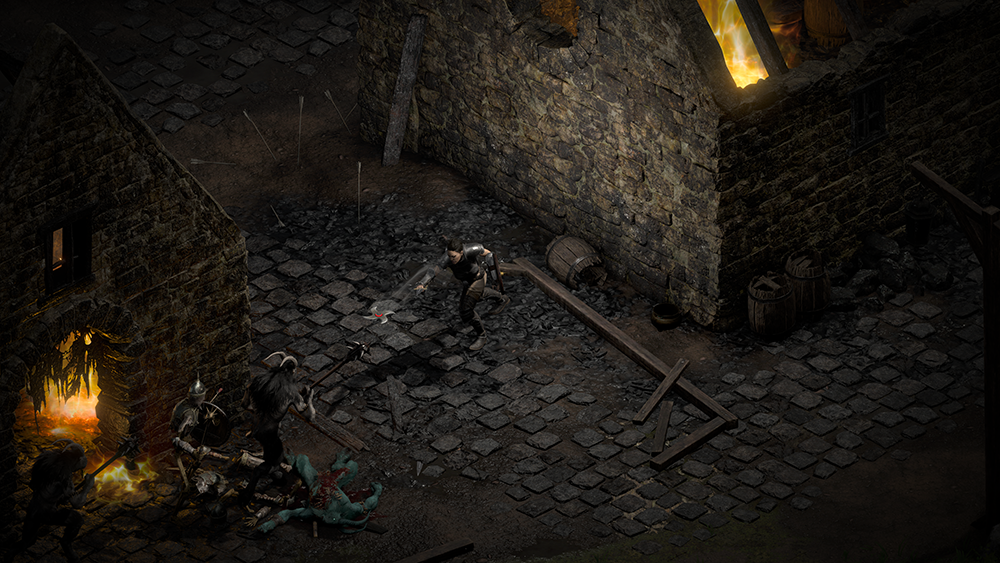
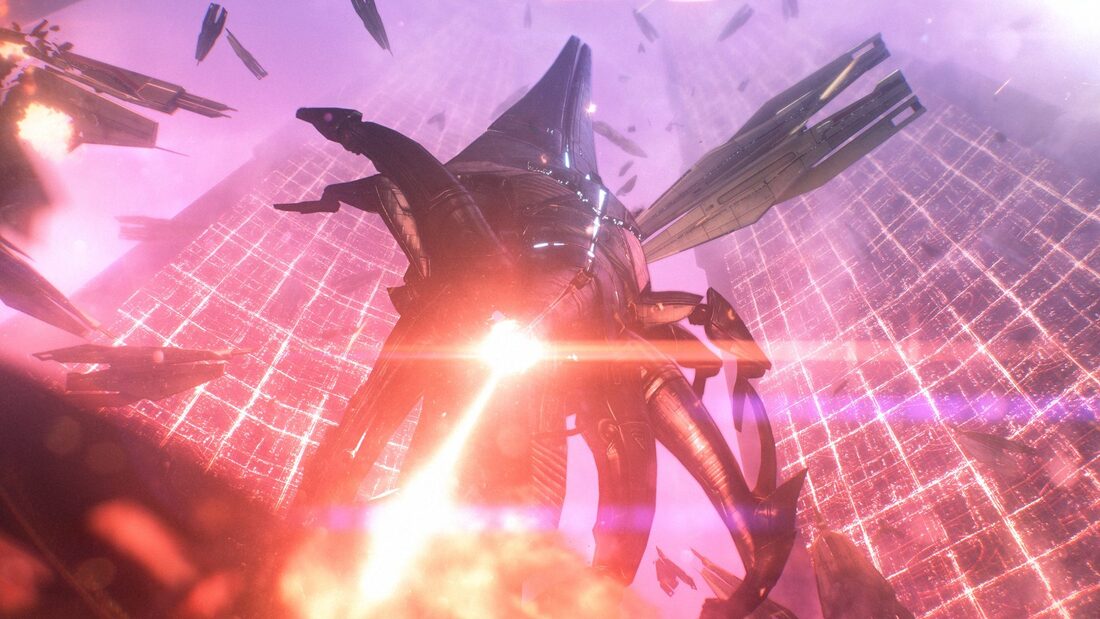



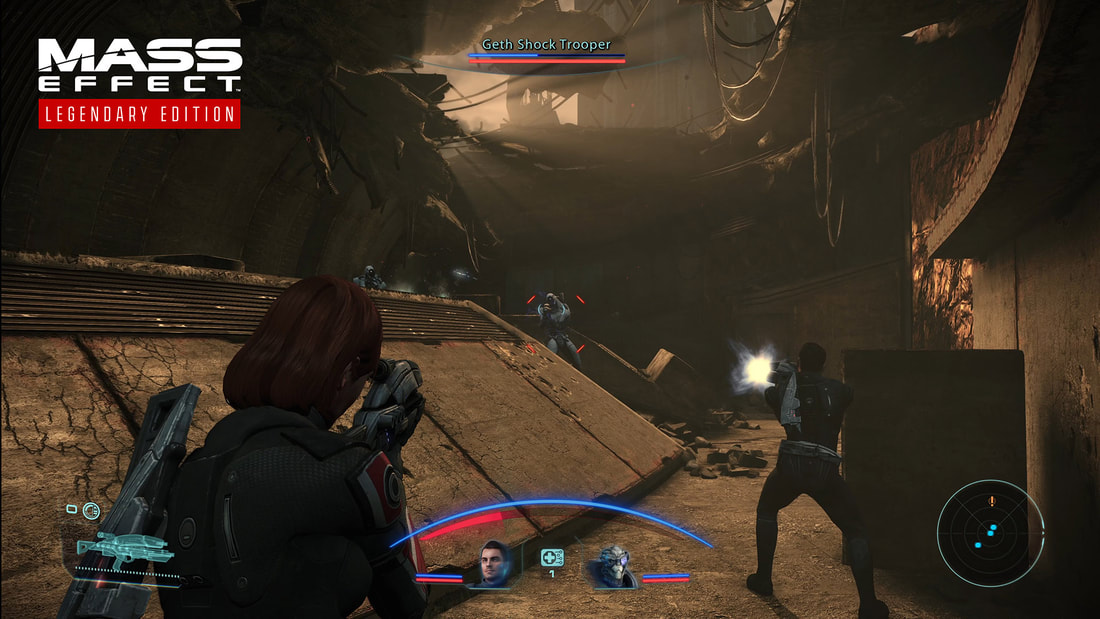
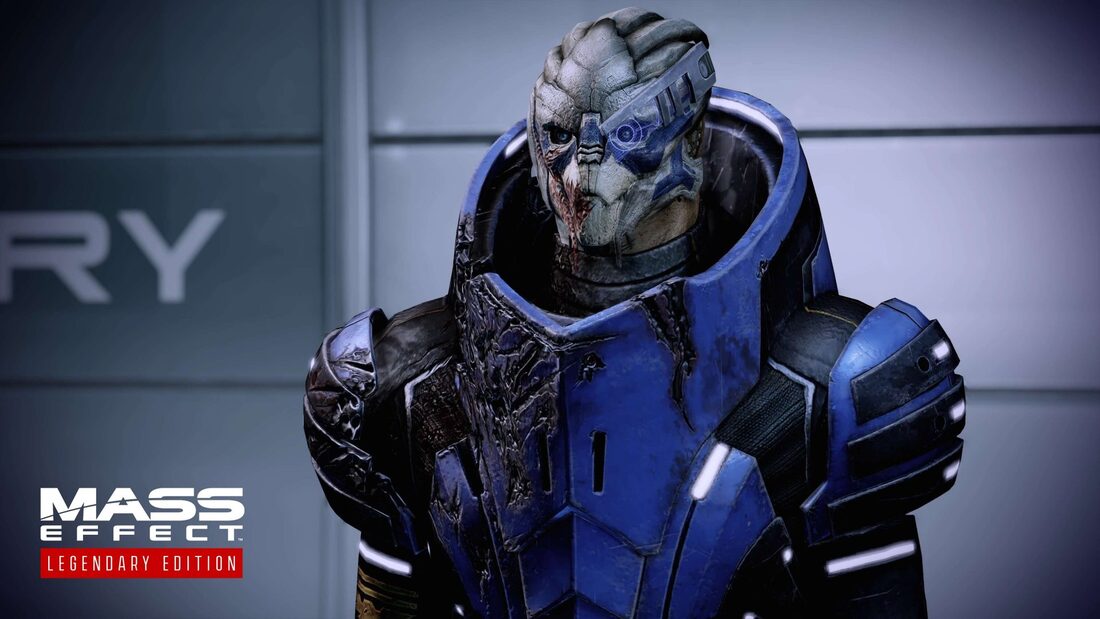
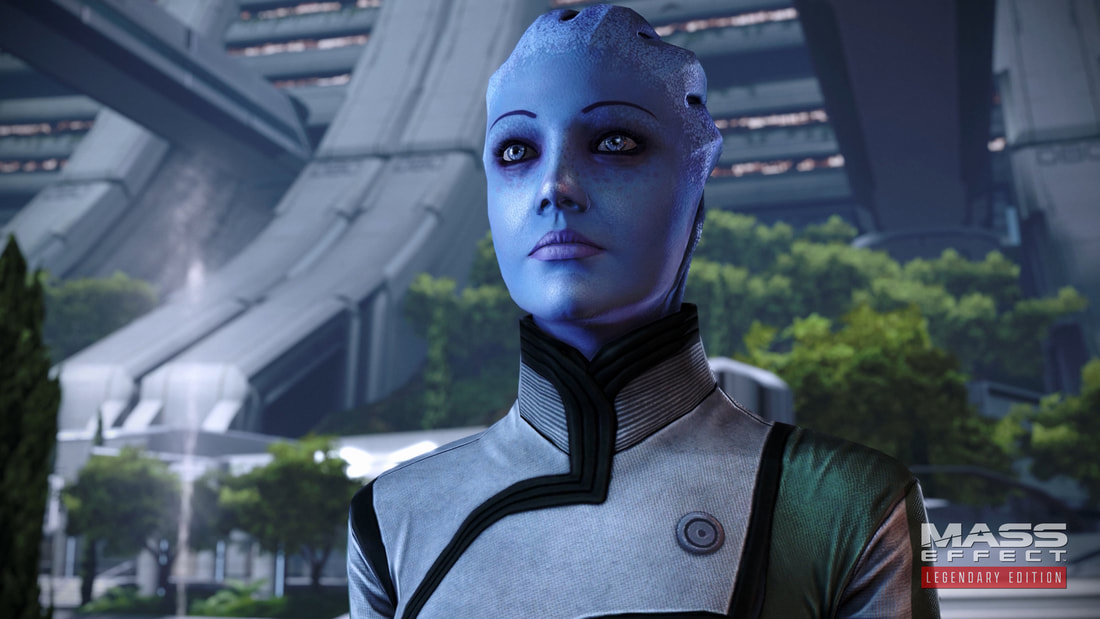
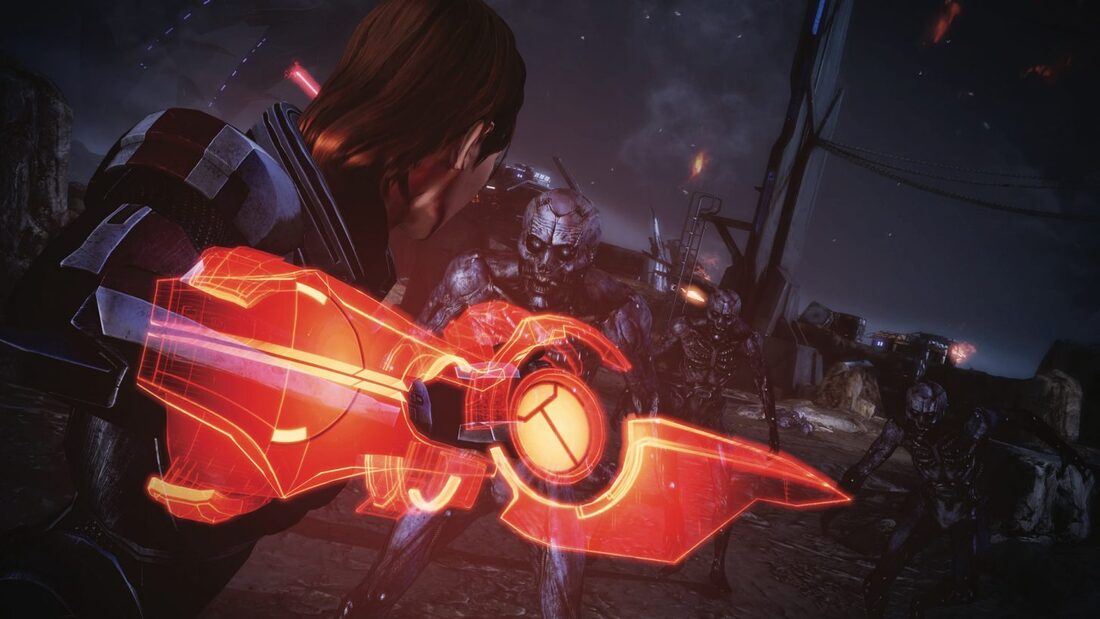
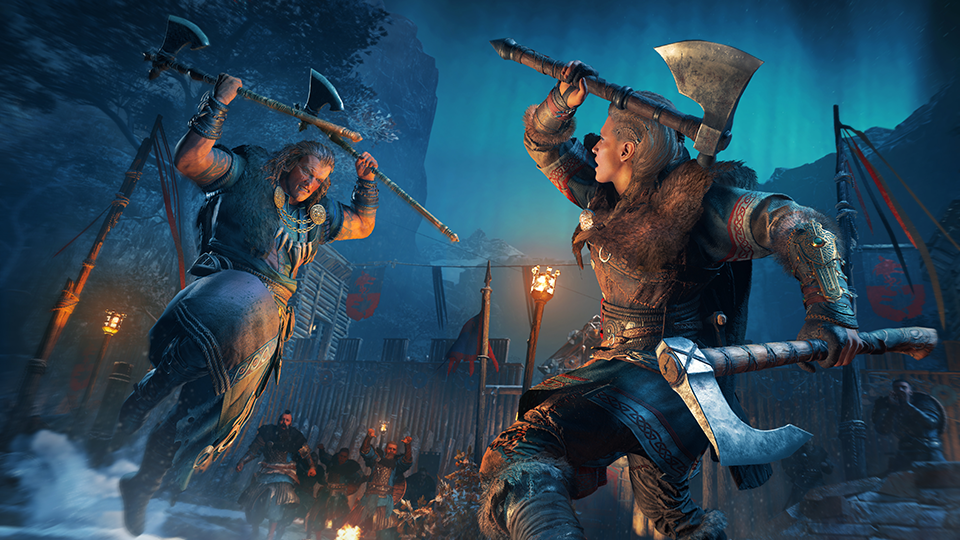



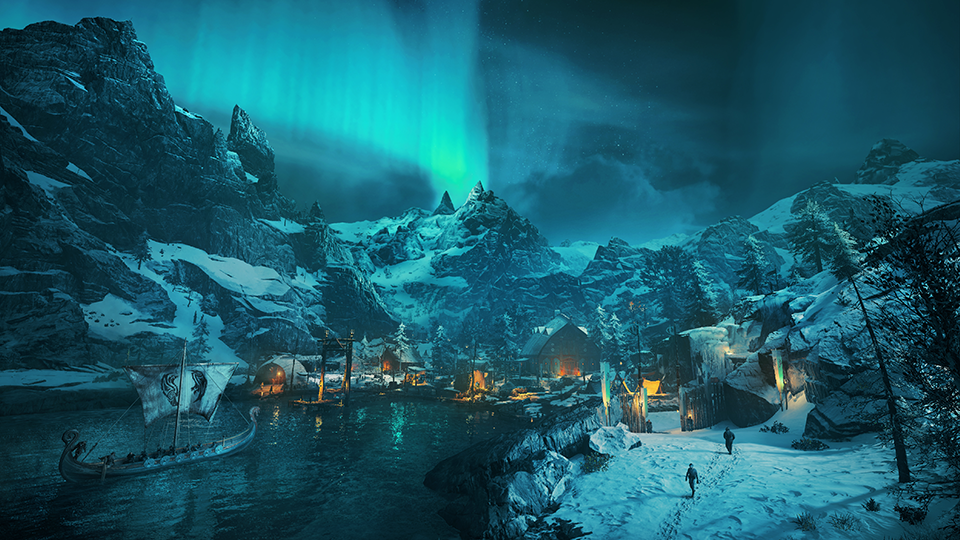
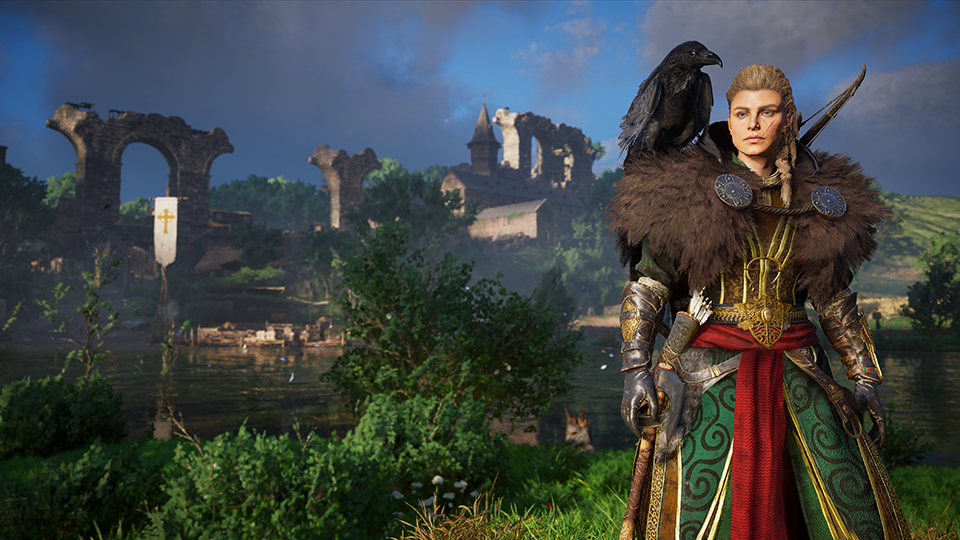
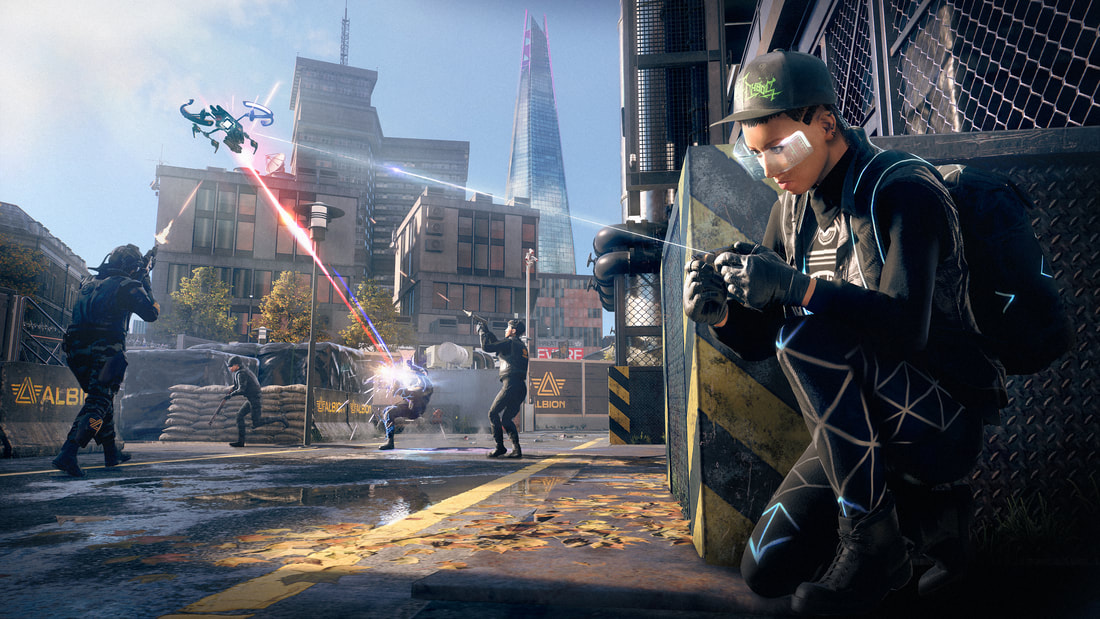



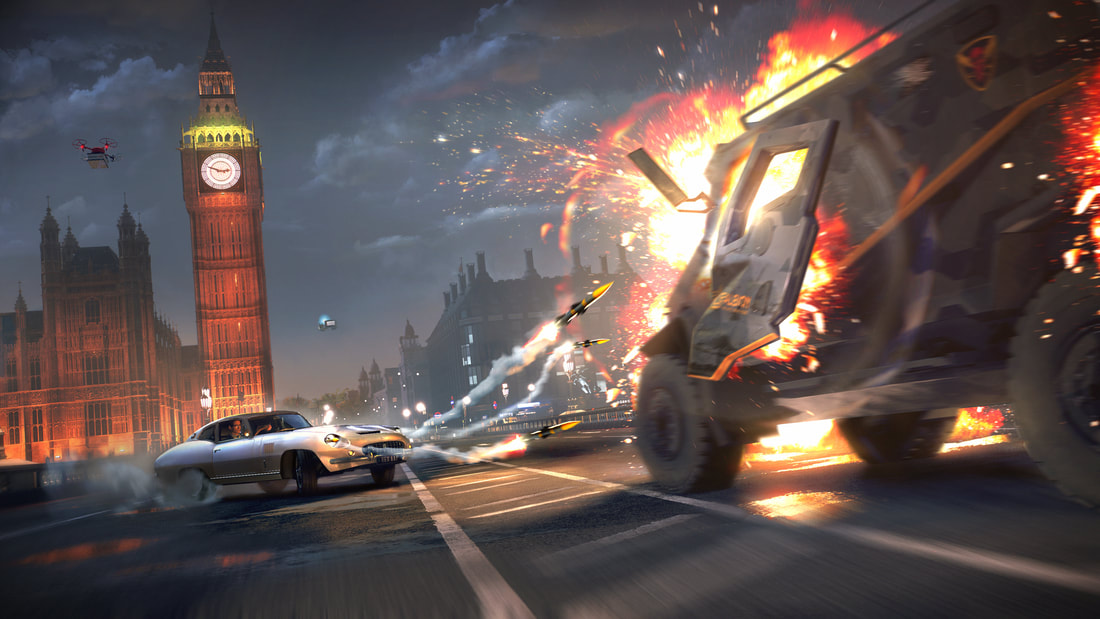




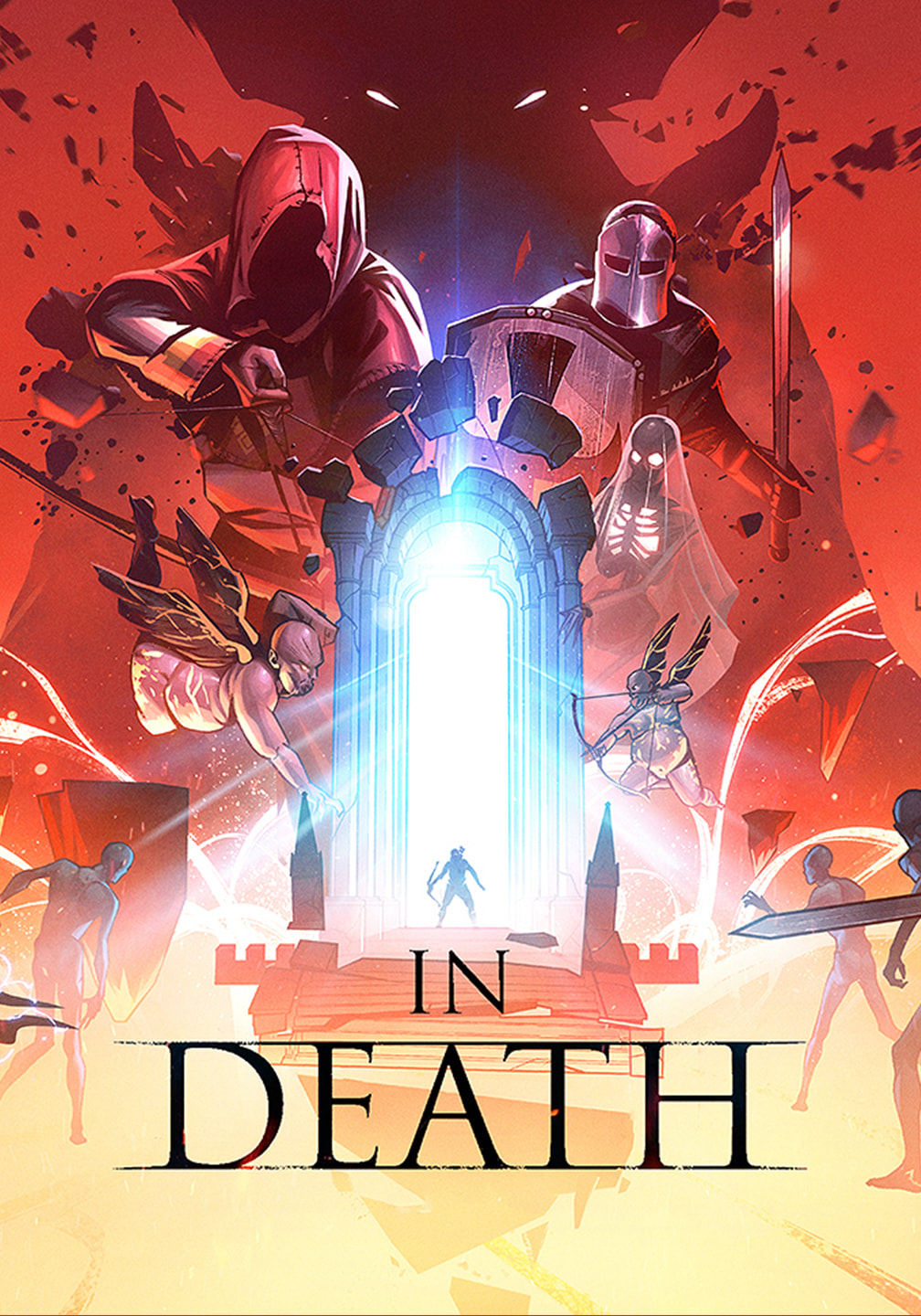

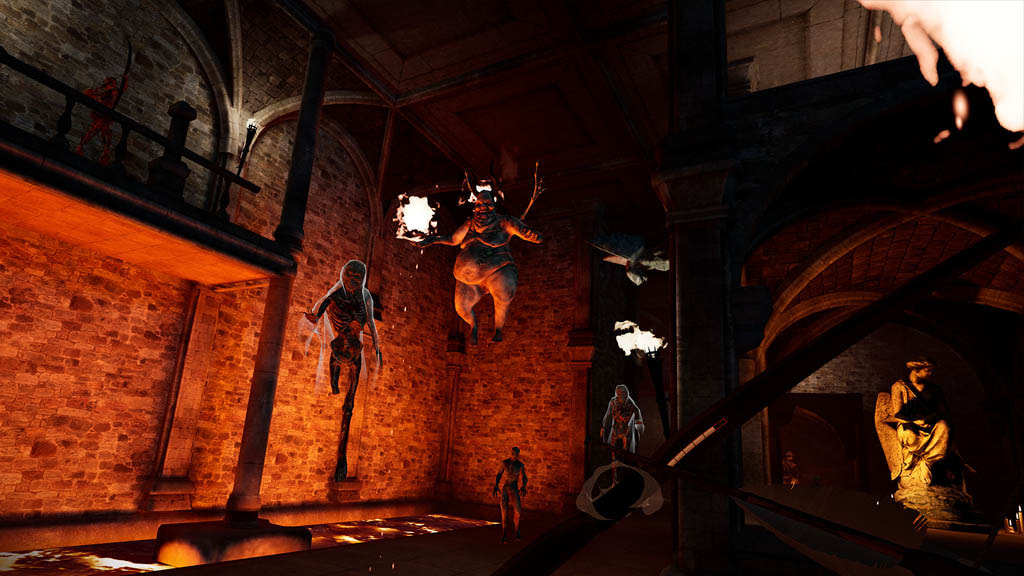
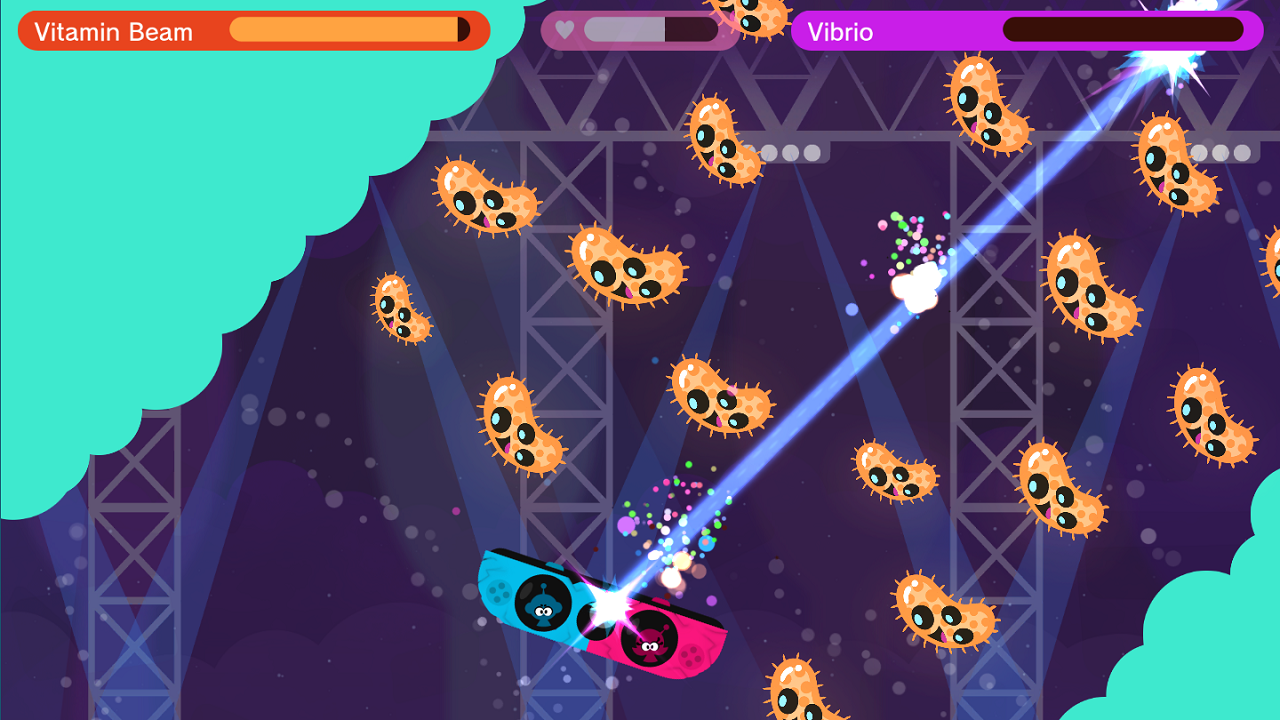




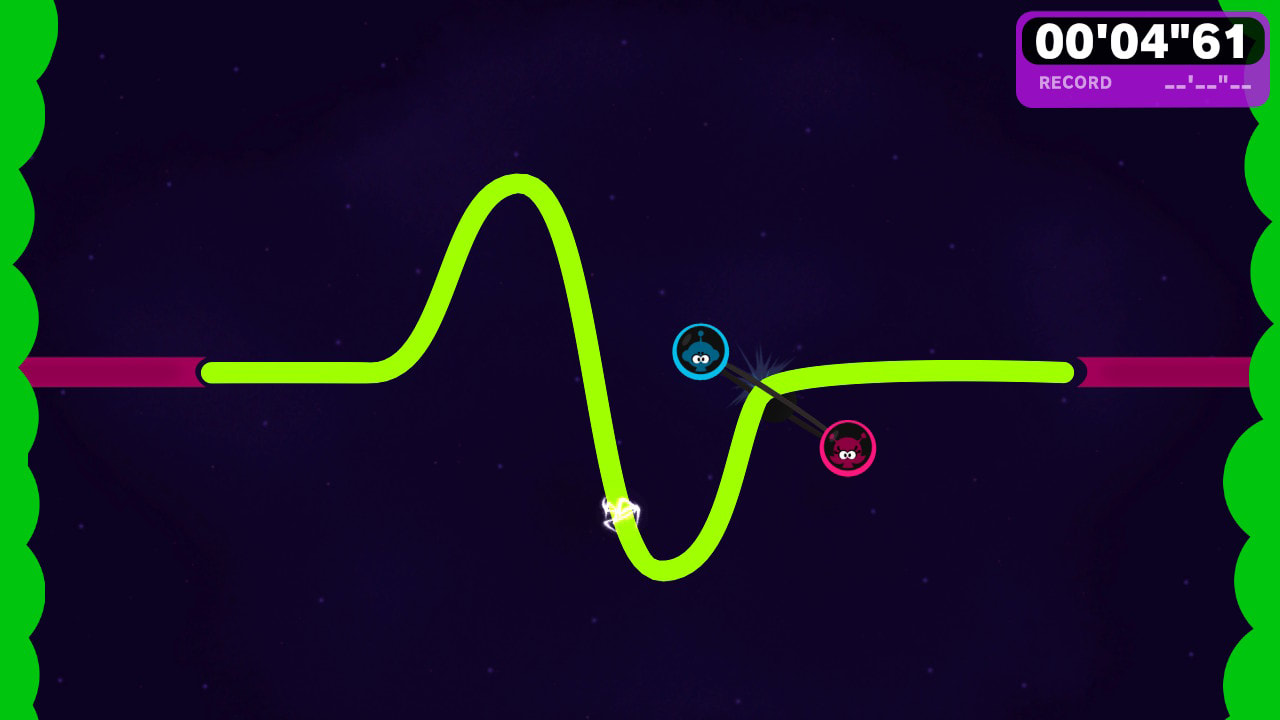
 RSS Feed
RSS Feed